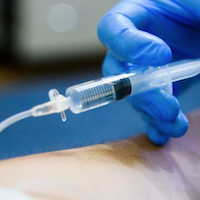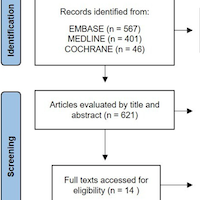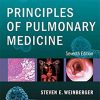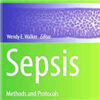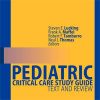COVID-19 Diagnosis and Prognosis Using the Urine Foaming Test
pubmed.ncbi.nlm.nih.gov
Urine foaming test (UFT) is useful, particularly in predicting the clinical severity of COVID-19. The UFT could be recommended as a point of care test, rapid and non-invasive method in the diagnosis and follow-up of COVID-19.
A statistically significant difference was observed between UFT distributions of the control, outpatient, inpatient and ICU patients (p=0.0001).
This study was conducted in a tertiary hospital in Istanbul. After obtaining the approval of the ethics committee, urine samples were taken from three groups of patients whose informed consent was obtained.
The groups were created according to the COVID-19 Diagnostic Guide of Ministry of Health: A: outpatients with suspected COVID-19, B: inpatients for follow-up and treatment, C: patients treated in intensive care unit (ICU).
Also, 30 healthy volunteers were included as the control group D. Urine samples taken from all groups were delivered to the laboratory. 2.5 ml urine sample was added to the test tube and shaken for 15 seconds and the level of foam formed was visually evaluated according to the color scale. Other data of the patients were obtained from the hospital information management system and the physician caring for the patient.
The clinical status, PCR test results, computed tomography (CT), if any, laboratory tests, and UFT results were compared and the level of statistical significance was expressed as p≤0.05 in the 95% confidence intervals (CI).
Performance characteristics, such as sensitivity, specificity, positive and negative predictive value of the UFT, were statistically calculated according to the RT-PCR result and/or CT.
The results of UFT orange and red in inpatients and ICU patients were statistically significantly higher than in the control and outpatient groups. The diagnostic accuracy of UFT was detected in all group, the pooled sensitivity was 92% (95% CI: 87-95%) and specificity was 89% (95% CI: 80-98%).


